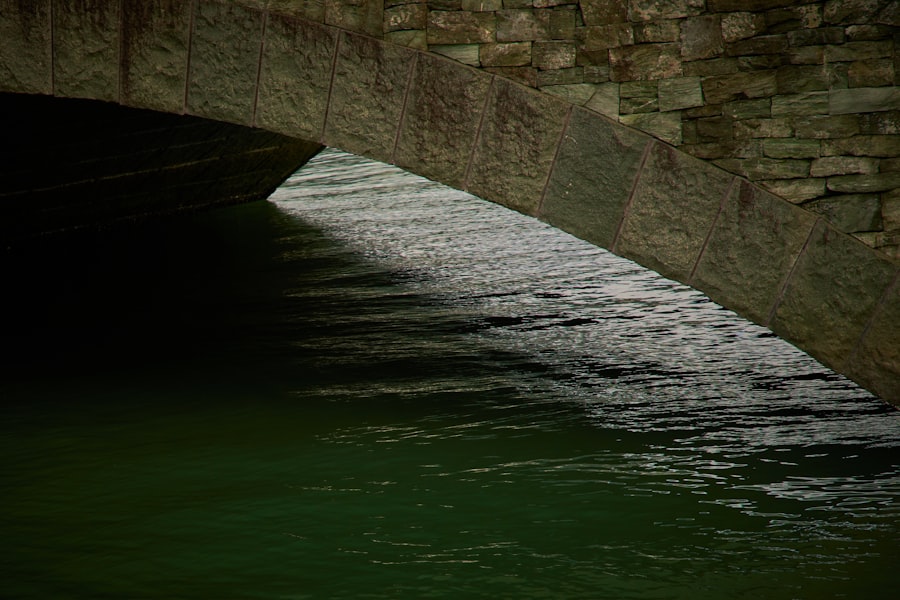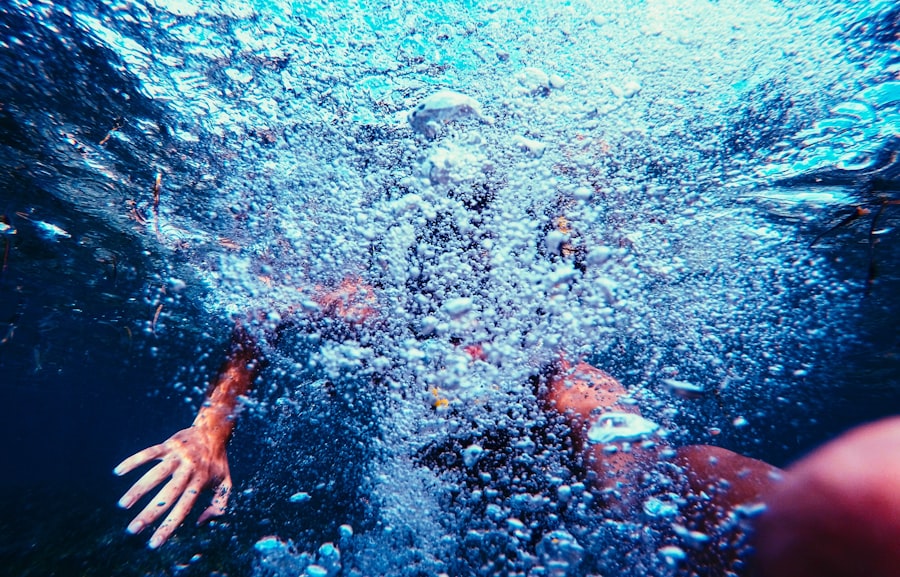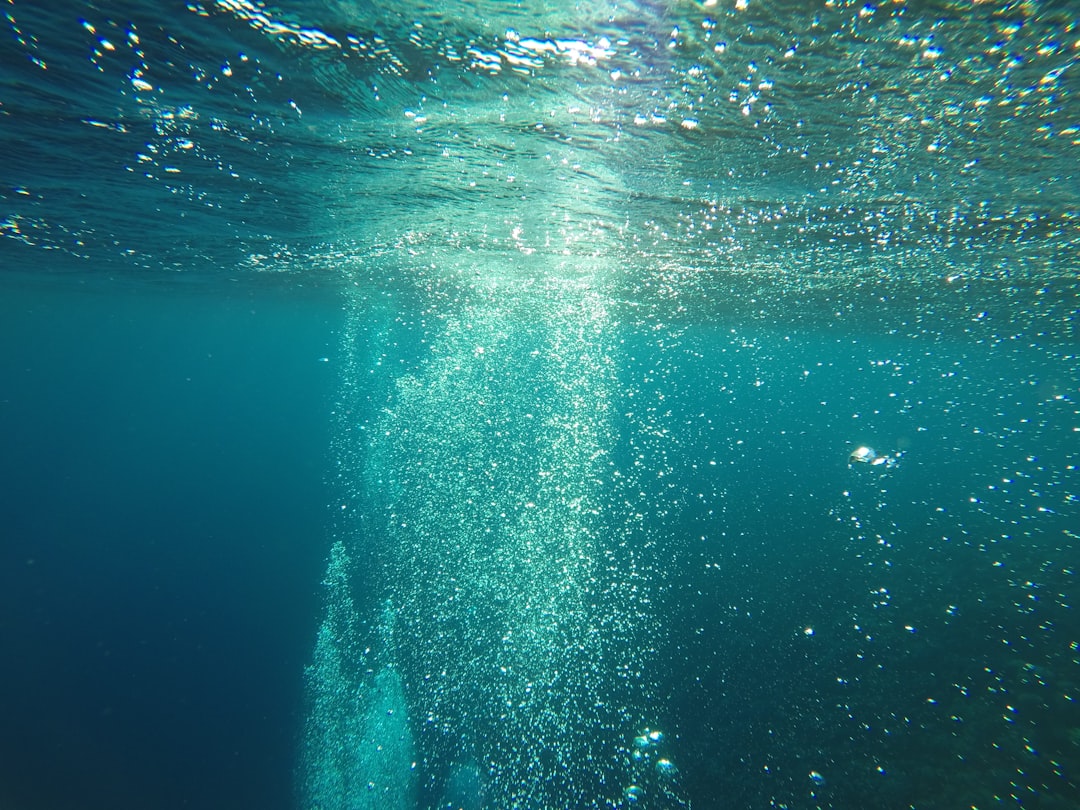The Drake Passage, a body of water situated between the southern tip of South America and Antarctica, is renowned for its tumultuous seas and unpredictable weather. Spanning approximately 600 kilometers (370 miles), this passage is not only a critical maritime route but also a formidable challenge for adventurers and swimmers alike. The waters are characterized by their frigid temperatures, strong currents, and frequent storms, making it one of the most treacherous stretches of ocean in the world.
Despite these daunting conditions, the Drake Passage has become a coveted destination for extreme swimmers seeking to test their limits and achieve a remarkable feat. The allure of the Drake Passage lies not only in its physical challenges but also in its breathtaking natural beauty. The surrounding landscapes are a stunning juxtaposition of rugged mountains, icy glaciers, and diverse marine life.
For those brave enough to attempt a swim across this passage, the experience is often described as both exhilarating and humbling. The journey through these icy waters is not merely a test of physical endurance; it is also an opportunity to connect with nature in its rawest form, offering a unique perspective on the power and majesty of the ocean.
Key Takeaways
- The Drake Passage is a treacherous body of water between South America and Antarctica, known for its extreme weather and challenging conditions.
- Swimming across the Drake Passage presents numerous challenges, including freezing temperatures, strong currents, and unpredictable weather.
- Training for a Drake Passage swim requires extensive cold-water acclimatization, endurance training, and mental preparation for the grueling journey.
- The history of Drake Passage crossings is filled with tales of bravery and determination, as swimmers have attempted to conquer this formidable stretch of water.
- The wildlife and environment of the Drake Passage are awe-inspiring, with opportunities to encounter penguins, whales, and other unique species in their natural habitat.
The Challenges of Swimming Across the Drake Passage
Swimming across the Drake Passage presents a myriad of challenges that can deter even the most seasoned athletes.
Such cold conditions pose a significant risk of hypothermia, requiring swimmers to be exceptionally well-prepared and equipped with specialized gear.
The relentless waves and strong currents further complicate the swim, as they can easily disorient even the most skilled swimmers, making navigation a critical aspect of the journey. In addition to the physical challenges posed by the environment, swimmers must also contend with psychological hurdles. The vastness of the ocean can evoke feelings of isolation and vulnerability, particularly when faced with unpredictable weather patterns that can change rapidly.
Swimmers must cultivate mental resilience to push through moments of doubt and fatigue. The combination of physical exertion and mental strain makes the swim across the Drake Passage not just a test of endurance but also a profound journey of self-discovery.
Training for the Drake Passage Swim

Preparing for a swim across the Drake Passage requires an extensive training regimen that encompasses both physical conditioning and acclimatization to cold water. Swimmers typically begin their training months in advance, focusing on building cardiovascular endurance, strength, and flexibility. Long-distance swimming sessions in cold water are essential to help the body adapt to low temperatures, allowing swimmers to develop strategies for managing hypothermia risk during the actual swim.
In addition to physical training, swimmers often engage in mental preparation techniques such as visualization and mindfulness practices. These methods help athletes mentally rehearse their swim, envisioning themselves successfully navigating the challenging waters of the Drake Passage. Furthermore, many swimmers seek guidance from experienced coaches or mentors who have previously completed similar swims, gaining valuable insights into effective training strategies and coping mechanisms for the unique challenges they will face.
The History of Drake Passage Crossings
| Year | First Crossing | Number of Crossings | Fastest Crossing Time |
|---|---|---|---|
| 1616 | Willem Schouten and Jacob Le Maire | Countless | Unknown |
| 1833 | Charles Darwin | 1 | Unknown |
| 2020 | Various expeditions | Multiple | 33 hours |
The history of crossings in the Drake Passage is rich with tales of exploration and adventure. While swimming across this formidable stretch of water is a relatively modern endeavor, the passage itself has long been a significant route for explorers and sailors. The first recorded crossing was made by Sir Francis Drake in the late 16th century, who navigated these waters during his circumnavigation of the globe.
His journey marked the beginning of human interaction with this wild and unpredictable region. In more recent times, adventurers have sought to conquer the Drake Passage through various means, including sailing and swimming. The first successful swim across the passage was completed in 2010 by a team of intrepid swimmers who braved the icy waters to raise awareness for environmental issues affecting Antarctica.
This landmark achievement opened the door for others to follow suit, inspiring a new generation of extreme athletes to take on one of nature’s most formidable challenges.
The Wildlife and Environment of the Drake Passage
The Drake Passage is not only known for its challenging conditions but also for its rich biodiversity. The waters teem with marine life, including various species of whales, seals, and seabirds that thrive in this unique ecosystem. Humpback whales, orcas, and southern right whales are commonly spotted in these waters, drawing wildlife enthusiasts and researchers alike.
The presence of such diverse fauna adds an element of wonder to any swim across the passage, as swimmers may find themselves sharing the water with these magnificent creatures. The environment surrounding the Drake Passage is equally captivating. Towering icebergs drift through the waters, while dramatic mountain ranges rise from the sea, creating a stunning backdrop for any adventure.
However, this beauty comes with a responsibility; swimmers must be acutely aware of their impact on such a fragile ecosystem. Conservation efforts are crucial in preserving this unique environment for future generations while ensuring that those who venture into its depths do so with respect and care.
Safety Precautions for Swimming in the Drake Passage

Given the inherent dangers associated with swimming in the Drake Passage, safety precautions are paramount. Swimmers must be equipped with specialized gear designed to provide insulation against the cold water, such as wetsuits or drysuits that minimize heat loss. Additionally, safety teams are essential for monitoring conditions and providing support throughout the swim.
These teams typically include experienced boat crews equipped with medical supplies and communication devices to ensure swift assistance if needed. Moreover, swimmers must undergo thorough risk assessments before embarking on their journey. This includes evaluating weather conditions, sea state, and potential hazards such as icebergs or strong currents.
Establishing clear communication protocols between swimmers and their support teams is vital for ensuring safety throughout the swim. By prioritizing safety measures and preparation, swimmers can mitigate risks while pursuing their ambitious goal.
Mental Preparation for Conquering the Drake Passage
Mental preparation plays a crucial role in successfully swimming across the Drake Passage. The psychological challenges faced during such an endeavor can be as daunting as the physical ones. Swimmers often employ various techniques to bolster their mental fortitude, including visualization exercises that allow them to mentally rehearse their swim from start to finish.
By envisioning themselves overcoming obstacles and achieving their goal, swimmers can build confidence and resilience. Additionally, mindfulness practices can help swimmers stay present during their swim, allowing them to focus on their breathing and technique rather than succumbing to anxiety or fear.
By cultivating a strong mental game alongside physical training, swimmers can enhance their chances of success in conquering this formidable passage.
The Record Holders and Notable Swims in the Drake Passage
The annals of swimming history in the Drake Passage are marked by remarkable achievements that inspire future generations of adventurers. Record holders have emerged from various backgrounds, each bringing their unique stories and motivations to this extreme challenge. One notable swimmer is Lewis Pugh, who completed a historic swim across the passage in 2010 as part of his campaign to raise awareness about climate change and its impact on polar regions.
Pugh’s swim not only set records but also highlighted the importance of environmental conservation in these fragile ecosystems. Other notable swims have included relay teams that have tackled sections of the passage together, showcasing camaraderie and teamwork in overcoming adversity. Each successful crossing adds to the legacy of human endurance against nature’s might, inspiring countless others to take on this extraordinary challenge.
The Support Team: Navigating the Logistics of a Drake Passage Swim
A successful swim across the Drake Passage relies heavily on an efficient support team that navigates complex logistics before and during the event. Organizing such an endeavor requires meticulous planning, from securing permits to coordinating transportation for both swimmers and support vessels. Experienced crew members play a vital role in ensuring that all safety protocols are followed while providing real-time updates on weather conditions and sea state.
Communication between swimmers and their support team is crucial throughout the swim. Support boats are equipped with advanced navigation systems and communication devices that allow them to monitor swimmers’ progress while remaining vigilant for any potential hazards. This collaborative effort ensures that swimmers can focus on their performance while knowing they have a dedicated team working tirelessly behind them.
Personal Stories and Testimonials from Drake Passage Swimmers
Personal stories from those who have attempted or completed swims across the Drake Passage offer invaluable insights into the emotional journey associated with such an extreme challenge. Many swimmers recount feelings of exhilaration mixed with trepidation as they prepared to enter the icy waters. Testimonials often highlight moments of vulnerability when doubt crept in but were ultimately overcome through sheer determination and support from their teams.
Swimmers frequently describe how crossing the Drake Passage transformed their perspectives on life and resilience. The experience fosters a deep connection with nature while instilling a sense of accomplishment that transcends physical achievement alone. These personal narratives serve as powerful reminders that conquering such challenges is not solely about reaching a destination but also about embracing growth through adversity.
The Triumph of Conquering the Drake Passage
Conquering the Drake Passage stands as a testament to human endurance, courage, and determination against nature’s formidable forces. Each successful swim across this treacherous stretch of water embodies not only personal achievement but also a collective spirit of adventure that inspires others to push beyond their limits. The challenges faced during these swims—both physical and mental—serve as reminders of what individuals can accomplish when they dare to dream big.
As more adventurers set their sights on swimming across this iconic passage, they carry with them stories of triumph over adversity while raising awareness about environmental issues affecting our planet’s most vulnerable regions. The legacy of those who have braved these icy waters will continue to inspire future generations to embrace challenges with resilience and passion—proving that even in the face of nature’s might, human spirit knows no bounds.
In the fascinating world of avian migration, the swimming drake passage is a remarkable phenomenon that captures the attention of bird enthusiasts and researchers alike. This natural event involves the migration of various duck species across challenging water bodies, showcasing their endurance and navigational skills. For those interested in exploring more about the intricacies of bird migration and related geographical phenomena, you can find an insightful article on the topic by visiting MyGeoQuest. This resource delves into the broader context of migration patterns and the environmental factors influencing these incredible journeys.
WATCH NOW! Drake Passage: Earth’s Deadliest Waters Revealed
FAQs
What is the Drake Passage?
The Drake Passage is the body of water between the southern tip of South America and the northern tip of the Antarctic Peninsula. It is known for its rough seas and challenging sailing conditions.
What is swimming the Drake Passage?
Swimming the Drake Passage refers to the extreme challenge of swimming across the 500-mile wide passage, which is known for its frigid waters, strong currents, and unpredictable weather.
Has anyone successfully swum the Drake Passage?
As of now, no one has successfully swum the entire Drake Passage. The extreme conditions make it an incredibly difficult and dangerous feat.
What are the dangers of swimming the Drake Passage?
The dangers of swimming the Drake Passage include hypothermia from the frigid waters, strong currents, icebergs, and unpredictable weather conditions including high winds and rough seas.
What kind of preparation is needed to swim the Drake Passage?
Swimmers attempting to cross the Drake Passage would need extensive training in cold water swimming, as well as experience in open water and rough sea conditions. They would also need a support team and specialized equipment to ensure safety.
Are there any organized events for swimming the Drake Passage?
There are currently no organized events for swimming the Drake Passage, as it is considered an extremely risky and challenging endeavor.
